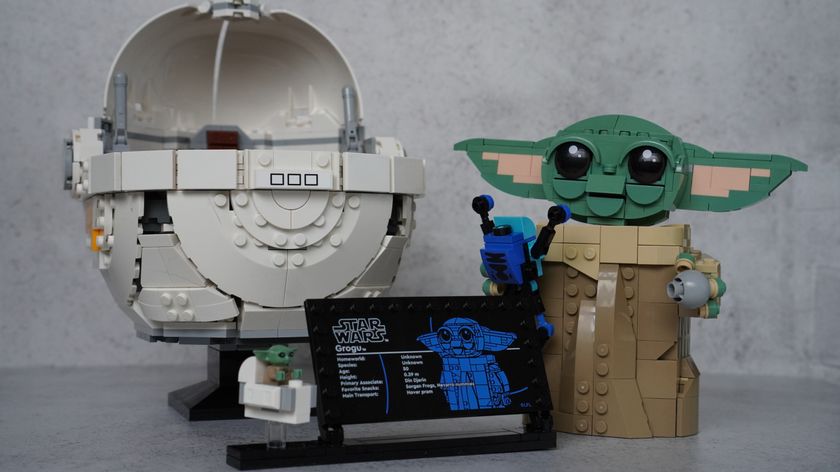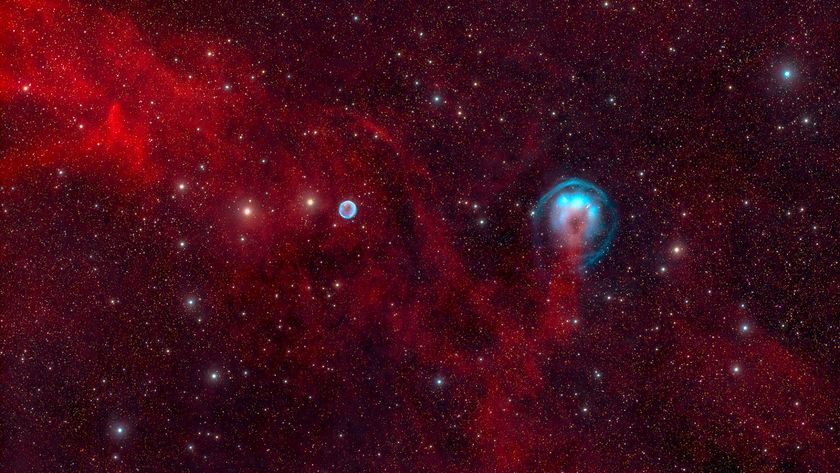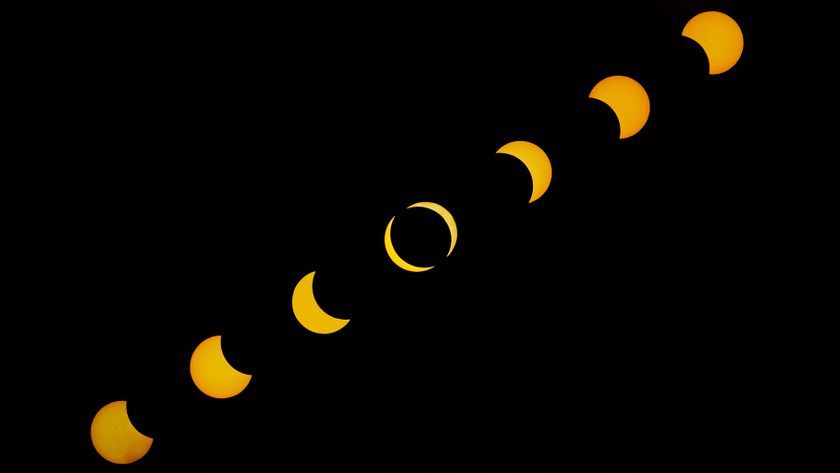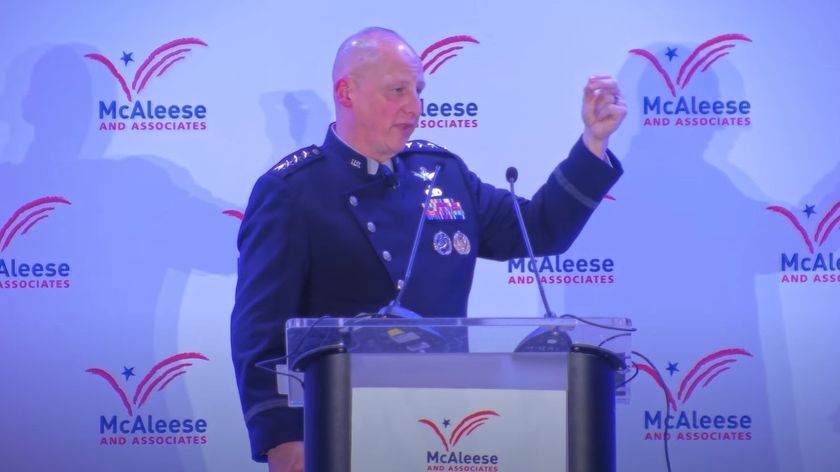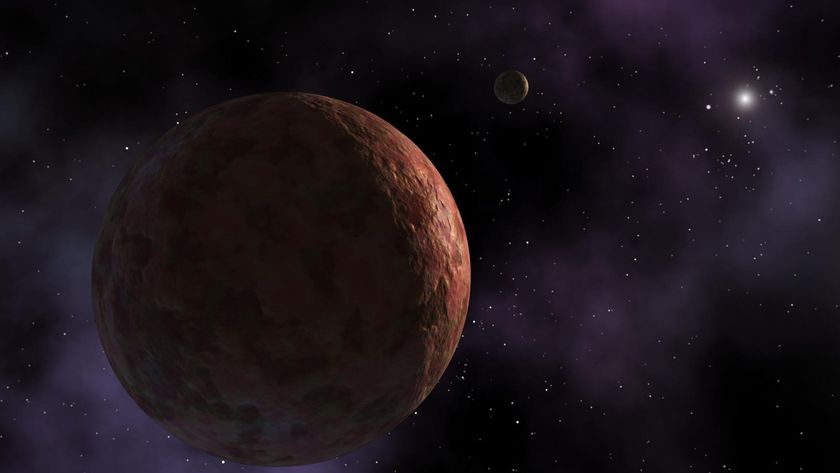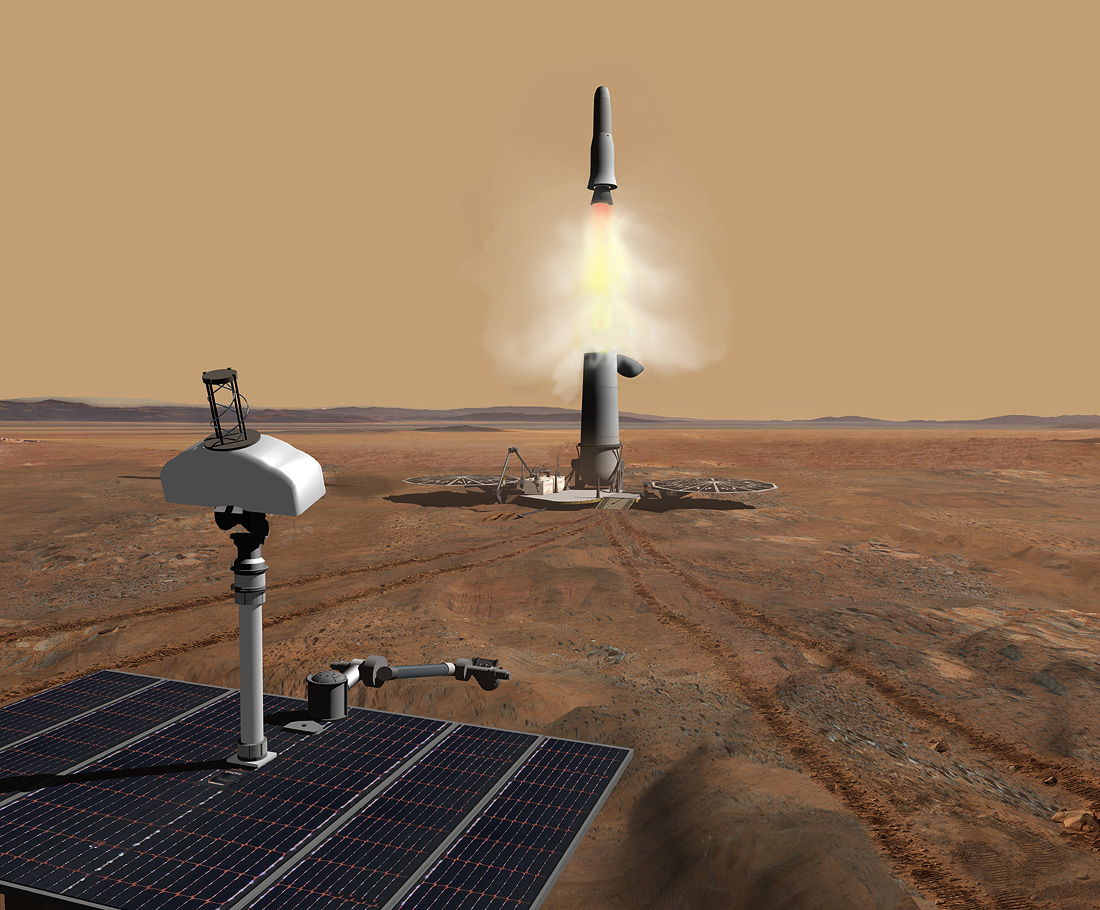
NASA has granted funding to six next-generation technology concepts that it believes could help advance humanity's understanding and exploration of the cosmos down the road.
The six ambitious ideas, which were selected under Phase 2 of the NASA Innovative Advanced Concepts (NIAC) program, cover a wide range of potential future applications. One proposal, for example, aims to develop laser thrusters for spacecraft, while another seeks to build tiny but tough robots that could explore other planets and moons en masse.
"As NASA begins a new chapter in exploration, we're investing in these seed-corn advanced concepts of next-generation technologies that will truly transform how we investigate and learn about our universe," Michael Gazarik, NASA's associate administrator for space technology in Washington, D.C., said in a statement today (Aug. 29). [Future Visions of Human Spaceflight (Gallery)]
"Advancing these proposals from universities, private companies and NASA researchers to Phase 2 studies allows new, futuristic ideas to move closer to becoming real tools for exploration," Gazarik added.
Phase 2 awards are worth up to $500,000 and fund research and development activities for two years. They're granted to the most promising proposals that have previously received NIAC Phase 1 awards, which give research teams about $100,000 to conduct nine-month initial analysis studies.
All six of the newly announced Phase 2 projects — which were chosen via a peer-review process that prioritized technical feasibility, potential impact and innovation — are still in their early stages. Most are at least a decade away from possible use on a mission, NASA officials said.
"Early study and continued development are critical to guiding our technology investments," Jay Falker, NASA's NIAC program executive in Washington, said in a statement. "Some of the Phase 2 studies that started last year are already attracting the attention of other NASA programs, as well as potential external partners."
Get the Space.com Newsletter
Breaking space news, the latest updates on rocket launches, skywatching events and more!
The six selected concepts, along with their principal investigators, are:
- Propellant-less Spacecraft Formation-Flying and Maneuvering with Photonic Laser Thrusters (Young Bae, Y.K. Bae Corporation, Tustin, Calif.)
- SpiderFab: Architecture for On-Orbit Construction of Kilometer-Scale Apertures (Robert Hoyt, Tethers Unlimited, Inc., Bothell, Wash.)
- A Gravitational Wave Detector Based on an Atom Interferometer (Babak Saif, NASA Goddard Space Flight Center, Greenbelt, Md.)
- Super Ball Bot: Structures for Planetary Landing and Exploration (Vytas SunSpiral, NASA Ames Research Center, Moffett Field, Calif.)
- Nomadic Exploration: Following Routes of Solar Sustenance and Temperate Climate (David Wettergreen, Carnegie Mellon University, Pittsburgh, Pa.)
- Sample Return Systems for Extreme Environments: Phase II (Robert Winglee, University of Washington, Seattle)
To learn more about this year's NIAC selections, go to: http://www.nasa.gov/content/niac-2013-phase-i-and-phase-ii-selections/#.Uh-WARy3DB9
Follow Mike Wall on Twitter @michaeldwall and Google+. Follow us @Spacedotcom, Facebook or Google+. Originally published on SPACE.com.
Join our Space Forums to keep talking space on the latest missions, night sky and more! And if you have a news tip, correction or comment, let us know at: community@space.com.

Michael Wall is a Senior Space Writer with Space.com and joined the team in 2010. He primarily covers exoplanets, spaceflight and military space, but has been known to dabble in the space art beat. His book about the search for alien life, "Out There," was published on Nov. 13, 2018. Before becoming a science writer, Michael worked as a herpetologist and wildlife biologist. He has a Ph.D. in evolutionary biology from the University of Sydney, Australia, a bachelor's degree from the University of Arizona, and a graduate certificate in science writing from the University of California, Santa Cruz. To find out what his latest project is, you can follow Michael on Twitter.

